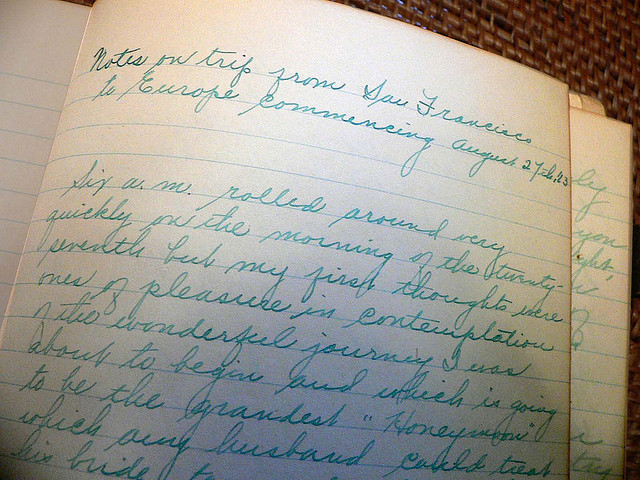For many writers, finishing the first draft of a book is just the first, initial step. They’d have to go through several more drafts before the book is ready for a reader’s eyes. The second draft is usually where it starts to get difficult. You can get away with a poor quality first draft (in fact, many authors’ first drafts are subpar and will never see the light of day), but once you get into redrafting, you have to start paying attention to quality in both the technical and creative aspects. Here are a few tips on how to approach and write a second draft of your book:
Let the dust settle
It can be very tempting to go straight to redrafting after finishing your first draft, especially if you’re the type of person who hates the thought of pending work hanging over one’s head, but be patient and take a rest first before diving back in. This is because the words and ideas are still fresh in your head, so you may end up seeing things where there aren’t. If you take time away from your first draft, you’ll have a much sharper eye when you go back. This allows you to catch structural and creative lapses in your text.
Do not mind the word count
Most articles on writing tips would tell you that there is an “ideal” word count for every genre. Not this one. If the second draft ends up not exaggeratedly long or stupidly short, then you are doing just fine. Avoid being obsessed with the word count and go ahead with expanding if needs be, or compressing an overly lengthy narrative. As long as you are keeping the integrity of the piece, the word count should be the least of your concerns when working on the second draft.
Revisit your notes
If you’re the type of writer who keeps separate notes while writing, don’t throw them away. Keep them handy during the redrafting phase. The reason for this is that you’re required to look at your first draft with detached eyes, so chances are you might miss out on some ideas that you were originally targeting, so it helps if you have the notes to look at, just to see if there are ideas that you missed or if there are edits you want to do that will affect your original vision.
Be open to feedback from readers
The last thing to remember is to be wary of your own eyes. If you feel that your first draft is already perfect and ready for publication, get an outside perspective – friends or family members who enjoy reading, for example. But make sure you make it clear that they’re looking at your draft as a reader, not an editor. They’ll be providing different kind of feedback if they think you’re asking them to look at your draft with the eyes of an editor. And sometimes they’re not really qualified to edit your work (unless they really are an editor by profession, in which case you should be paying them).
Image credit: Bev Sykes on flickr and reproduced under Creative Commons 2.0[author] [author_image timthumb=’on’]https://writingtipsoasis.com/wp-content/uploads/2014/01/hv1.jpg[/author_image] [author_info]Hiten Vyas is the Founder and Managing Editor of eBooks India. He is also a prolific eBook writer with over 25 titles to his name.[/author_info] [/author]

